Don't wanna be here? Send us removal request.
Text
Portfolio Unit Evaluation
Portfolio -
I used Behance to create my online portfolio. Behance is a industry standard portfolio website by adobe. Its mainly used by creatives in the art and media industry as its a easy way to showcase all of the work someone has produced. It is used by the creative community because you can split all of you're photos into different projects, all of which have a different URL so if you want too share a specific album to followers on Instagram for example it is easy to do that. Also if you're going to a interview for a photography job for example and they want too see some of you're work it can easily be send or seen by you're employer. The advantages of using Behance is mainly that it can easily be shared and seen by the creative community. It also shows you're progress as a creative because of the different albums and projects you can share. Its also better too keep all of you're photos in one place instead of getting a new portfolio book which can be bulky and expensive too buy and can get misplaced. Also you can customise you're Behance account and you're projects. This is good for a creative because if you're going for a interview they want too see you're creative and can express yourself and by customising you're pages you're able too do that. There aren't many disadvantages to using Behance but one is that because its a website you cant fully express yourself and fully customise you're portfolio like you could if you had a portfolio book. Also another disadvantage of Behance is you're photos have too be a specific size and if you have too resize every image, that could take quite a while. Do develop my creative portfolio throughout the academic year i have done many different projects. The projects that I've done is shooting with 35mm film, shooting in the studio, creating a narrative series and working with a client. Also i have taken lots of personal photos such as landscapes, cityscapes and portraits. Below is a example of my Behance with all of my projects in different albums which shows the progress of my work also. The way i organised my my folders ready to be put on my Behance is that i put my images in lots of different folders with dates that i took them so they're easy too find. Below is a screenshot of the layout of my folders.
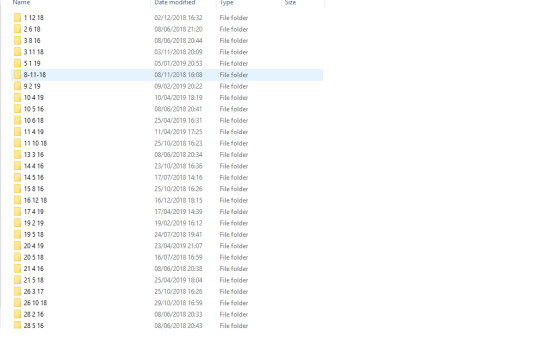
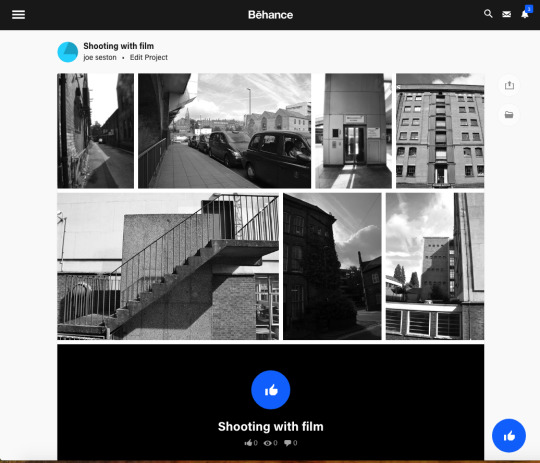
https://www.behance.net/gallery/79339401/Shooting-with-film
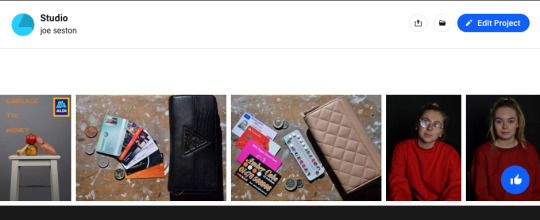
https://www.behance.net/gallery/79340665/Studio
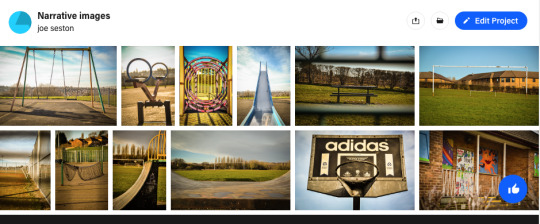
https://www.behance.net/gallery/79340967/Narrative-images
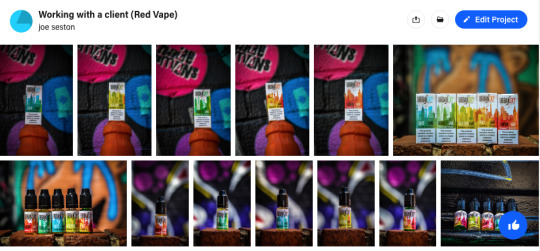
https://www.behance.net/gallery/79341575/Working-with-a-client-(Red-Vape)
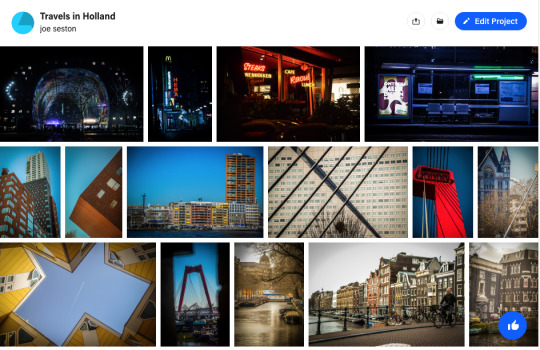
https://www.behance.net/gallery/79341791/Travels-in-Holland
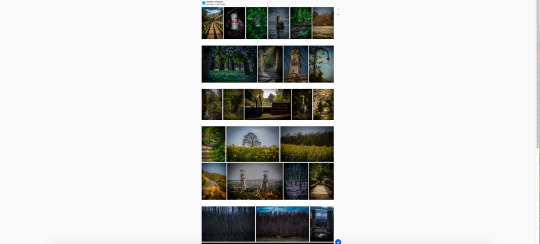
https://www.behance.net/gallery/79345623/Updated-Landscapes
Image 1 is the layout for organising my folders. Image 2 is the images from my film project, image 3 is from Studio, Image 4 is from narrative image 5 is working with a client, image 6 is some personal cityscape photos from Rotterdam and Amsterdam and image 6 is some personal landscape photos. Some techniques that I've learned in these projects which have developed my work is learning how to shoot film, which involves loading film into the camera, loading used film onto a spool in a darkroom and projecting my images in the darkroom. These are skills that might help me in future job opportunities now i know how to do these techniques. In the studio project learned how to use industry standard studio lights in the studio, which will definitely help me in future job opportunities because a-lot of clients would want professional studio shots. In the narrative project i learned how too read more into a image which is good when i visit photography exhibitions so i can understand more about the series. For the client project i learned how too approach a business in a professional manner and stick too someone else's deadlines too get photos one. This will help me a-lot in the future because i will be contacting lots of businesses too get work. I am using other apps too showcase my work as a alternative portfolio. Below are screenshots of the two other apps i use; Instagram and Facebook. The reason that i use these is because lots more people will be able too see my work and there is more of a chance of getting recognised by employers. Also its much easier too contact people too show you're interest in taking photos for them and vice versa. Instagram is one big portfolio so anyone can look at the progress of my work through my Instagram feed. Image 1 is my Instagram page and image 2 is my Facebook page.
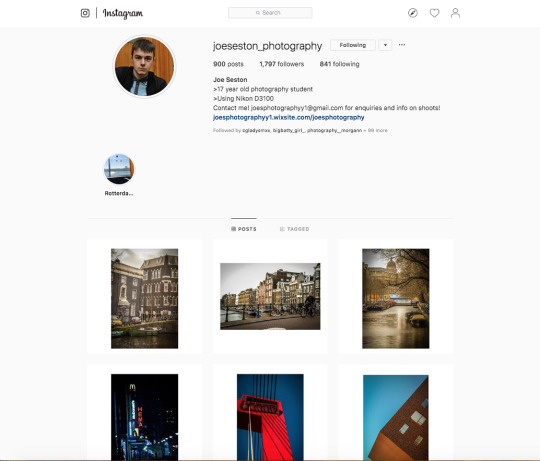
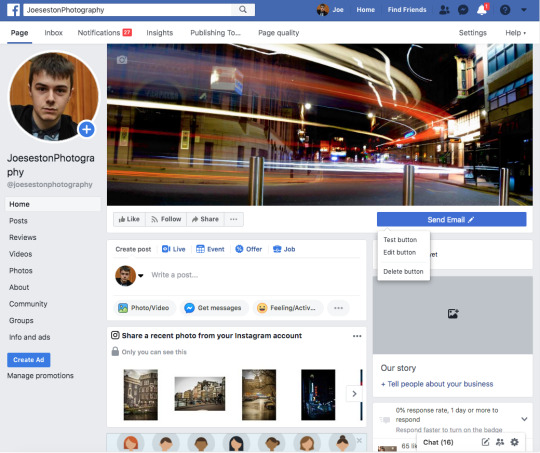
Jobs -
Because i’m not going to university i’m going to need to get a job. The first steps too get a job would be too create a CV. Below is my CV that i use to apply for jobs. In a CV it needs too firstly needs you're name and some personal details such as a phone number and a email address. Sometimes a address and age can be appropriate but not all the time because some employers can discriminate against you're age or postcode and you might not get the job. It needs a brief description of yourself and you should include you're strengths into this as-well but not weaknesses because you are trying too sell yourself as good as possible. I also needed too include my grades that I've got and any work experience that I've got that would be some what relevant too the job i’m applying for The CV needed too ideally by a page because if it was too long the employer might not bother too read it because its so long. Next I handed some CV copies into some shops that were looking for jobs. I also went online too apply for jobs online using my CV, which would give me the best chance of getting a interview. When applying i tended too look for jobs that wanted students or younger people as i’m only 17. Although i haven’t been asked for a interview yet i need too prepare for one by thinking about what kinds of questions that they might ask me so i’m as prepared as possible.
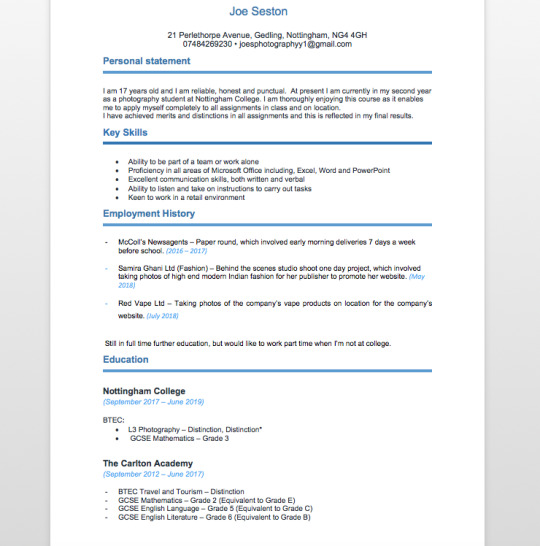
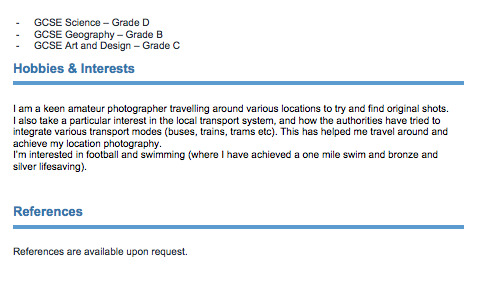
Work experience -
For my work experience, the company that i worked for was called ‘Red Vape’, which is a vape company. The reason i chose a vape company too photograph was because i wanted too shoot in a urban environment, so i thought that a vape company would be a good starting point too maybe shooting a product in a urban environment. The way that i got the job to take photos for the company is by firstly researching some of the companies work and find somewhere to contact. I then emailed the company telling them what i would like to do and show my interest in working with them, making sure i’m polite and enthusiastic to the company. Thankfully the company let me shoot for them. I also had contact with the company throughout the project by email to make sure i was doing what the company wanted. Below are the photos that i took for the company. The photos i took are product shots of the brand ‘urban sky’. I took photos of the bottles of the liquid and the boxes that the liquids came in. I also took photos of them all together as well as individual shots.
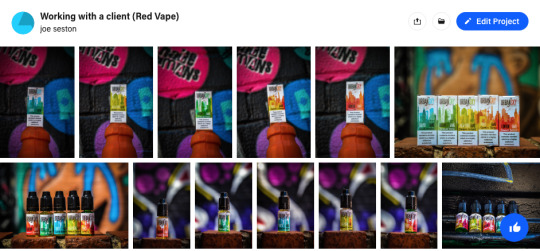
The way i came too my final idea was mostly going on what the client has told me too do and once I've got a brief from the client i started planning what kind of location i want to do. Once i did that i scouted out the location too see what locations at the location i want too take photos of and the best positions too do this. I also did a location recce too make sure i knew exactly what i wanted too do. I also looked on the clients website and social media site too see what types of photos they have too again gain ideas. The work experience has helped me develop personally and professionally because i have had too contact a professional which has developed my professional skills talking too the client, and this would have given me experience in the industry. I have developed personally because before i wouldn't have been prepared too talk too a client and work for a company because i didn't have the confidence too do so but now i know that this experience has gone successfully i know that ill be able too work with another client, so overall i have become more confident in the industry. The challenges i faced whilst working with the client brief was that sometimes it took a while for the client too reply, which is too be expected as the company is busy. I overcame this as whilst i was waiting for a reply i used my initiative and looked on there website and socials too start too see what kinda of photos i could take and create some of my own ideas before the client sent me there brief and ideas. Other challenges i faced was the location was slightly dull and shaded, so to overcome this and make sure my images aren’t underexposed, i changed my settings and used a flash gun too add extra light too my photos. Another personal work experience that i have undertaken is working for a fashion company called ‘samaira ghani’, who is a fashion designer who has been too fashion shows such as London fashion week and New York fashion week. Just like the Red Vape experience i emailed the company multiple times to confirm times to come in and take photos. I had too take photos of her new clothing range which went on her website and social media site. This again helped me grow in confidence in the photographic industry. The professional skills that i have developed during working with clients has been talking too people in the industry in a professional way and learning how to use my initiative when things aren’t going the way i would want it too. Another skill is working under pressure and to deadlines of other people instead of you're own deadlines, which will help me massively in the photography industry in the future because most of the time you will be working to other peoples deadlines and i needed too get used too that. Another skill i learned is how to work in a professional environment, because i’m used too working in a college environment with other students but working with a professional on location or in there actual company has helped me get used to some of the things i will need too expect when working in the photography industry, so when i’m doing it as a professional job ill be used too the environment. One final professional skill that i used was how to edit for a client and how to batch edit for a client. This has helped me too gain experience in editing which will massively help me in the industry because pretty much every client would want there photos too be edited and in a certain way, so its good too get practice in editing for a professional too get feedback. One personal skill i have gained is interpersonal skills because I've spoken too some employers in the industry whilst i was doing some work experience and like I've said above this will help me communicate in the future to other potential clients. These experiences have helped me develop my portfolio because now my personal portfolio has work i have completed for clients as well as personal work and college assignment work, which will look good when going for a interview for a photography job because they will see that you have experience in the industry and could give me a better chance of getting the job that i want.





The images above are all personal portraits that i have taken with my mates. The reason that i have taken fashion portraits with my friends is to mainly practice my skills in composition and controlling a photo shoot and a model without it being too awkward with someone that I've never met, and also to practice some editing techniques. This will all help me gain confidence for when i take professional fashion shoots. It is a good time too practice lots of skills and techniques and if they go wrong it doesn't matter as much because you can just have a laugh because you're with you're mates.
0 notes
Text
Professional Instagram and Facebook accounts
Instagram -
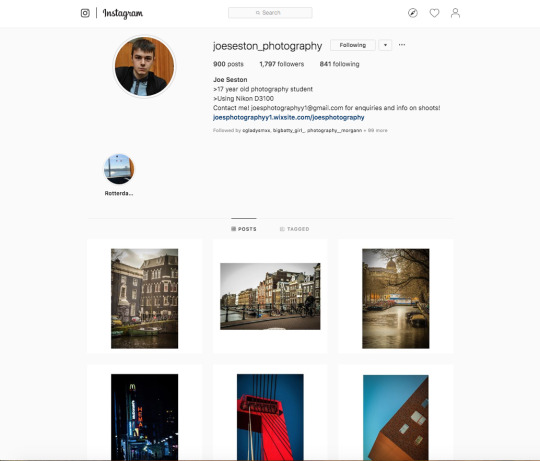
Facebook -
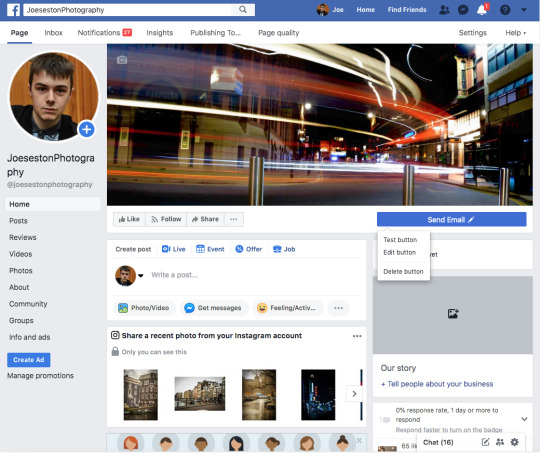
These two images are screenshots from my two business accounts. One on instagram and the other on Facebook. I personally use instagram more for my photography. Mainy because i have more of a presence on this social media and because when i post the photos on instagram it automatically posts the images too my facebook account so there isn't a need too use my facebook page as much. The reason why i have a business account on instagram and facebook is firstly because they're both linked together as they're owned by the same company, so you wont have too post the same photos twice. Also if you have a business account someone who might want too work for you can easily contact you as they're is links to an email address and a phone number. Also they're is instagram direct messages and facebook messages which is also a alternative too being easily contactable. You can also link too you're website if you have a website which i have, so its easy for people too either view you're portfolio or for customers too buy you're photos from that site. Also you can promote you're photos so it can reach a wider audience however you have too pay for that. The final good thing is that the feed on instagram and facebook is basically a mini portfolio for all of you're work which is good because clients can easily look through all of you're work without asking for a portfolio.
0 notes
Text
Updating my Behance Portfolio
Darkroom -
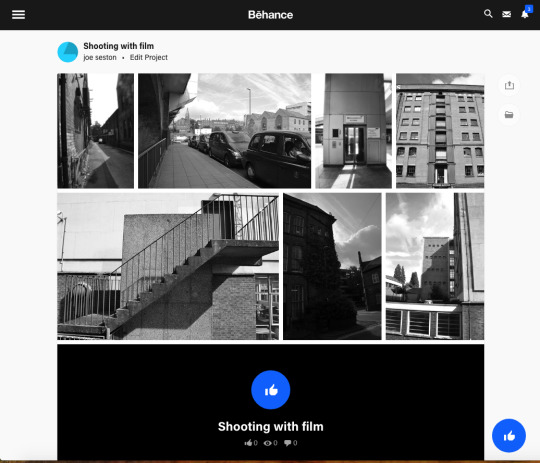
Studio -
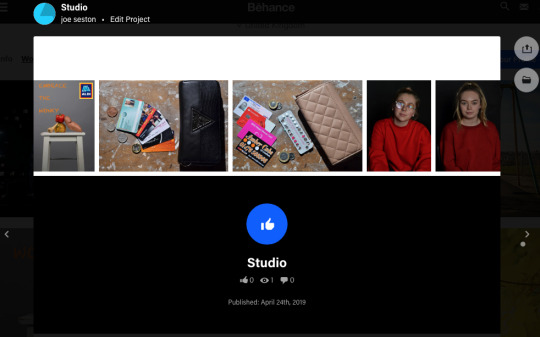
Narrative -
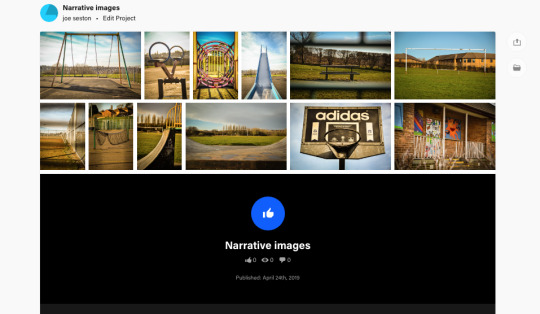
Client -
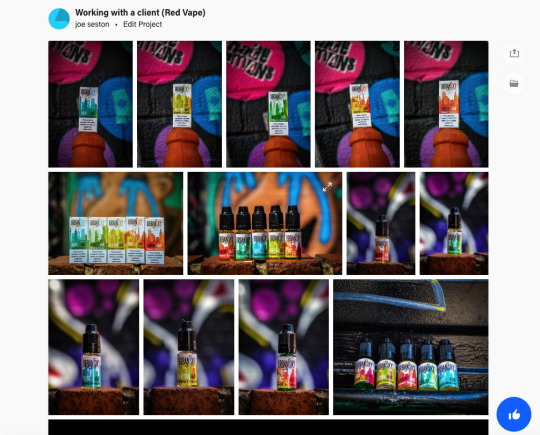
Travel -
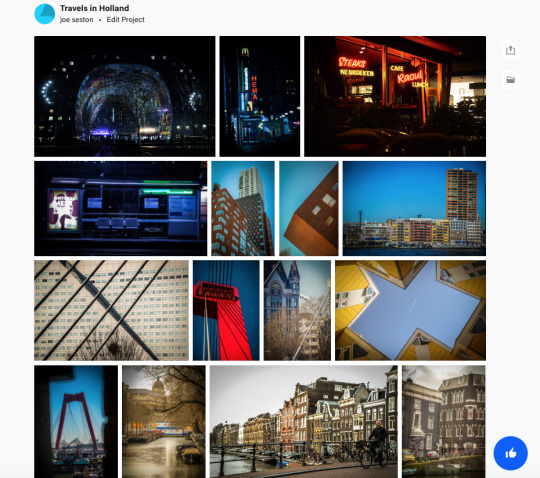
Landscapes -
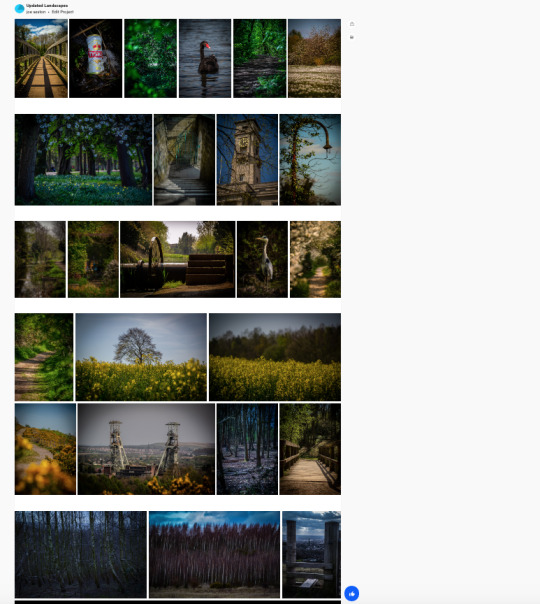
These are all screenshots of my updated portfolios on Behance. The reason that i’ve updated it is because i needed to put some of my recent work on it so if i ever needed to give my portfolio to someone they will have my most recent work. i’ve added my recent projects on Behance as well as it shows i can take photos of lots of different genres, from darkroom to working with a client. The projects that i’ve added is my final images from Darkroom, Studio, Narrative and client. Ive added my final images because i think that they are my best images throughout the projects as i was learning different techniques throughout the projects. Ive also added some of my personal images that i’ve taken from visiting Rotterdam and Amsterdam to general landscapes in the east midlands area. The reason that i’ve added more of my personal images is too show the progression of how i’ve improved and how my editing styles have changed from the first time i posed a album. Also employers can see the progression of my photography.
0 notes
Text
Creating a Portfolio on Behance
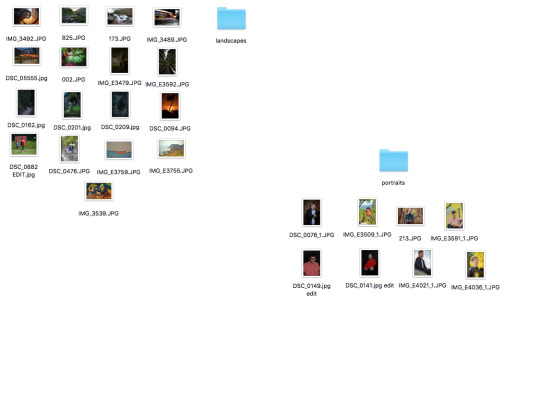

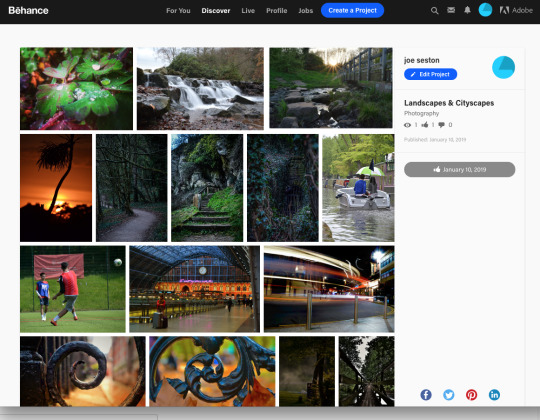
To make a portfolio i firstly had too sort through all my photos that I've ever took and create a list of about 100 photos that i will narrow down. I then narrowed them down to about 50 photos. I then reviewed the photos myself as i needed too narrow them down to get 25-30 images ready for my portfolio on behance. before i made my final choice i asked for peer assessment from friends so i can get a second opinion on my final photos that i want too chose. i needed too also think about the order that my final selection of images needed too go in, firstly i split the photos into two sections, one for landscapes and cityscapes and another for the portraits. I put my best images at the start and the end, as when employers are looking through you're portfolio, they look through it quite quickly, so you want to make a good first impression and a good end impression. image 1 is how i layed out and sorted my files out for picking. Image 2 is the final portrait portfolio and image 3 is the final portfolio for the landscapes. When creating the behance portfolio i had too create a new project at the top, then on the left hand side i selected the photo grid, then i selected ‘upload files’. I uploaded two different folders, one of the landscapes and the other was the portraits. Then once i uploaded them i pressed continue and selected photography as the theme for the portfolio, then the portfolio is complete.
0 notes
Text
Portfolios
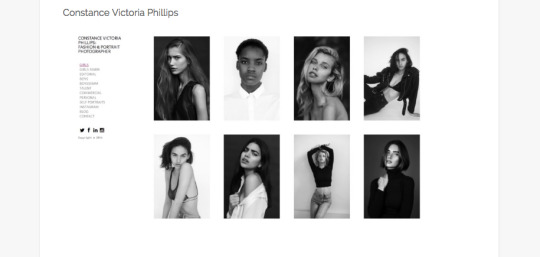
Fashion photography course at UAL:





The reason that i have chose the first image is because as its a fashion photography course you will need too use the studio a lot for different projects and for personal projects, so it shows that you have some good techniques in using a studio. Also the image shows that you have control with the models as the image has some good poses. Image two is a lot like the first as it again shows good skills in the studio, but also it shows good use of props and backgrounds for effect and too create a theme, which the university will like. Image three is good because it shows that you can set up studio equipment effectively, which will be useful in the course as you will be using the studio a lot of fashion shoots. Image 4 is good for this course because it shows that you can effectively apply make up to the shoots, which will be very useful in a fashion photography course, as a lot of female models will wear make up too look better for the photoshoots. Image 5 is good for the course because it shows tht you can set up a scene for effect and control a model in such a way too have a effective image.
Commercial photography course at Derby University.


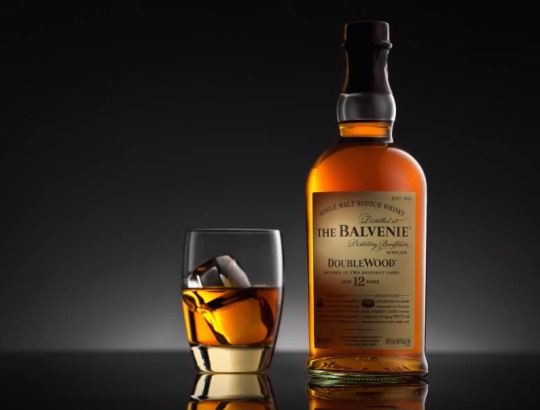
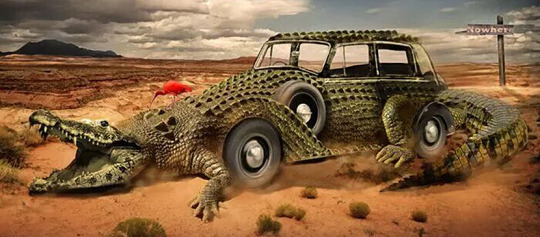
Image 1 is good for the commercial photography course because it shows skills in sports photography for a company and shows skill in photography as the runner is running very fast so it shows you have knowledge in camera settings which the university will like. Also it shows interest in commercial photography as it would have took effort to get into the event to photograph the sprinter. Image 2 is good for the course because it shows knowledge on how to set up a studio for a product shoot which shows professionalism in the specialist field. Image 3 is a good example for the course because it shows effective use of the studio for product photography, including effective lighting and retouching. Image 4 is a good example for the course because it shows some good photoshop skills which would be useful when working for different brands like a car brand for example.
Freelance Sport Photographer
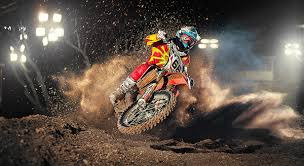



Image 1 would be good for a freelance sport photographer portfolio because it shows that you are willing too get stuck into the action too get the perfect shots. Image 2 is a good shot because it shows that you can be skilful with the angles and shots you take under pressure, which shows that you can keep a calm head when you're right in the middle of the action. Image 3 is good also because it shows that you can be skilful with camera settings, but also have knowledge with retouching techniques in either photoshop or lightroom which would impress. Image 4 is a good image because it shows that you can again be right in the middle of the action and still keep a cool head and get a good shot, and catch the moment.
Re-toucher / Ecommerce photographer at a fashion label.

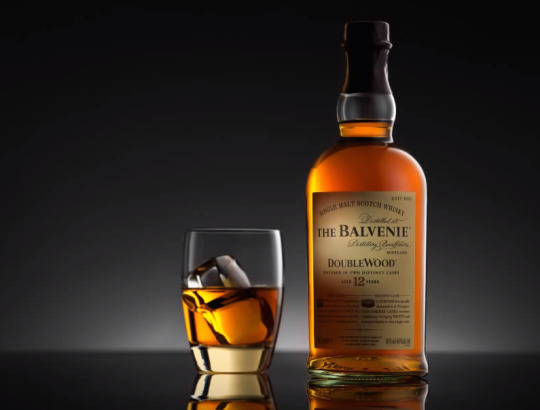

Image 1 would be good for this brand because it clearly shows some good techniques in the re touching part of the image and the editing adds too the image a lot which the employer would like. Image 2 is useful as it is an e commerce shot that has been retouched which is good as this job is for ecommerce, so it shows you have experience in retouching ecommerce products, and image 3 again shows good understanding in the retouching side of photography.
Example of Sport and Fashion portfolio.
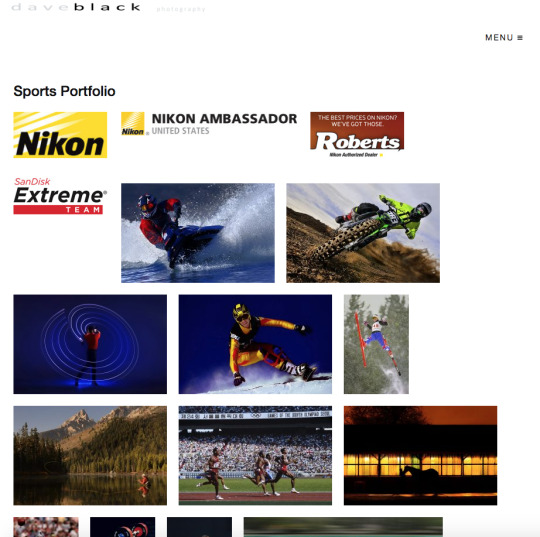
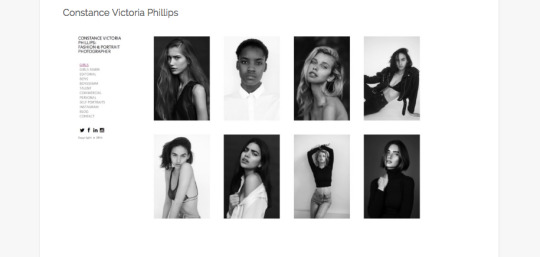
0 notes
Text
Creative CVs, Cover Letters and Logos.
Creative CVs -
The information that should be included on a creative CV is a brief bio of yourself which can include hobbies and a bit about yourself so the employer gets to know a bit about you. Also the qualifications you got including school, college and university qualifications. You also need a minimum of 2 references from a previous employer or a college/ university tutor. You need contact information so if the employer wants to contact you for a interview they can. This could include an email and phone number, but not you're address as the employer can discriminate about this. you should also include work experience but not all experience you have had just the jobs that are relevant to the job that you're applying for. You should add you're soft skills, which is where you say everything good about yourself to perswade the employer that you are the best person for the job. The final thing should be a link to you're online portfolio to show off all of the work you have done relating to the role you're applying for.


Image 1 is a good example of a creative CV. The good parts of this CV is at first glance it looks like a website which makes it look very professional. It is evenly spaced out which makes it easier for the employer too read it. One thing that could be improved is her image, because she is holding a cup of something which some employers could think makes her look less professional, but some other employers could also think that this makes her look more welcoming and has a bigger personality which is good. Image 2 is a example of a bad creative CV. The reason that i don’t like it is because its quite cramped and hard too read because there is so much information on one page. Also i don’t like the logos at the start of each point because you have too guess what they mean. Also it kind of looks like a heath and safety message because of all the bold text and bright orange colours. And finally i don’t really get the final message at the bottom which will probably mean other employers wouldn't either.
If someone wanted too create a creative CV for someone looking to get into the photography industry, the things that would make this would be having a photo of yourself, which is different from a normal CV, Also making sure you have a link to you're portfolios so the employer can easily access all of you're best work. Also you can be creative with the CV including colour and experimental layouts too express you're imagination which photography employers would like as it can show your creativity.
0 notes
Text
Different Types of Portfolio
Online and Digital portfolio.
A portfolio is a document holder which can be displayed in a case or folder that holds you're photography. Portfolios are used in the photography industry to show off you're work to other photographers, or employers that are looking too hire you. Also you can use them in the industry when applying for university for a photography course, and they are used so you use you're best work and stand out too other candidates. Three different types of portfolio are leather ring bound portfolio, which is professional looking, has a clear structure which means the images are presented clearly and professionally, and it houses lots of different types of work. However it is quite big and bulky which means it can be hard too move around, it can be expensive to make because you have too buy the actual portfolio itself, the wallets inside and then the printing costs and the mounting coats which can cost from £200. Another portfolio is a Zine, which creates good quality photos, it creates flow to the body of work and it is portable and easy too carry, which is different from the leather bind portfolio. However it creates a crease in the middle of the book which creates a distraction to the photos and it could get damaged easily. One final type of portfolio is a photo book which can create exceptionally good quality images, its unique to the other types and it is interesting as it can tell a story, however it is expensive to create.
Three different online platforms are instagram, facebook and a website. The advantages of instagram is that it is free too use, its quick too access, you can network with different influences and the image quality is good. However the disadvantages of instagram are that it crops the image to square so you cant see the full photo, its hard too get you're photos recognised due to its popularity and algorithms, and you cant really personalise you're page. The advantages of facebook is that it is free to use and easy too access just like instagram and its popular so people will see you're photos. However the disadvantages is that the page doesn't look professional as you cant personalise it, the image quality is poor and you have too pay too promote your page. The advantages of a website is you can customise the whole page to you're liking, which creates a customised online portfolio for all you're work, and you can get high quality images onto the site. However the disadvantages of a website, is it might not be that easy too find unless the url is customised and the links are all over you're social media pages. The cost involved in producing you're own portfolio can be quite expensive for example an A3 leather ring bound portfolio can cost up to £50. Then the plastic wallets can cost up to £5 for a pack of 20. its £1 for the backboard and to have a lot of those can all add up and the printing can cost £3 per photo which can then add up to quite a lot in total so it is an investment.
0 notes